
It’s not that I didn’t do any genealogy last year. I can guarantee you that I clocked a huge number of hours researching, networking, organizing, and documenting my family history, but none of it made it into my blog. I haven’t even updated my online trees recently. I didn’t do much better in 2016, with only 6 blog posts that year.
2015 was a different story altogether with 54 posts in all, thanks to taking the “52 ancestors in 52 weeks” challenge by Amy Johnson Crow. Feast or famine, it seems! Admittedly, the pace of writing in 2015 was quite exhausting, and left room for little else as I felt obliged to cross-check and do extra research for each story. Admittedly I set my own bar quite high, but I always like to be thorough. But as I already have other research priorities set for this coming year (DNA research among them), I do need to somehow find a middle ground for my blog entries that is more achievable. But the previous 52 week challenge certainly made me accountable, which obviously produced results. Hmmm…
When I recently received word that the 52 week challenge is on again for 2018, I decided to sign up again so that I could at least do some of the stories (realistically). I’m not committing to the full 52 posts, but even one is a step in the right direction. I really do want to share what I've learned with others, while continuing to learn even more about our wonderful families and how to research our family history.
My first story is now nearing completion. As you will soon see, it involves a number of different relatives, so perhaps I can count for more than one story? No matter as long as it gets written!
Why not join me? Lets "give it a try"!
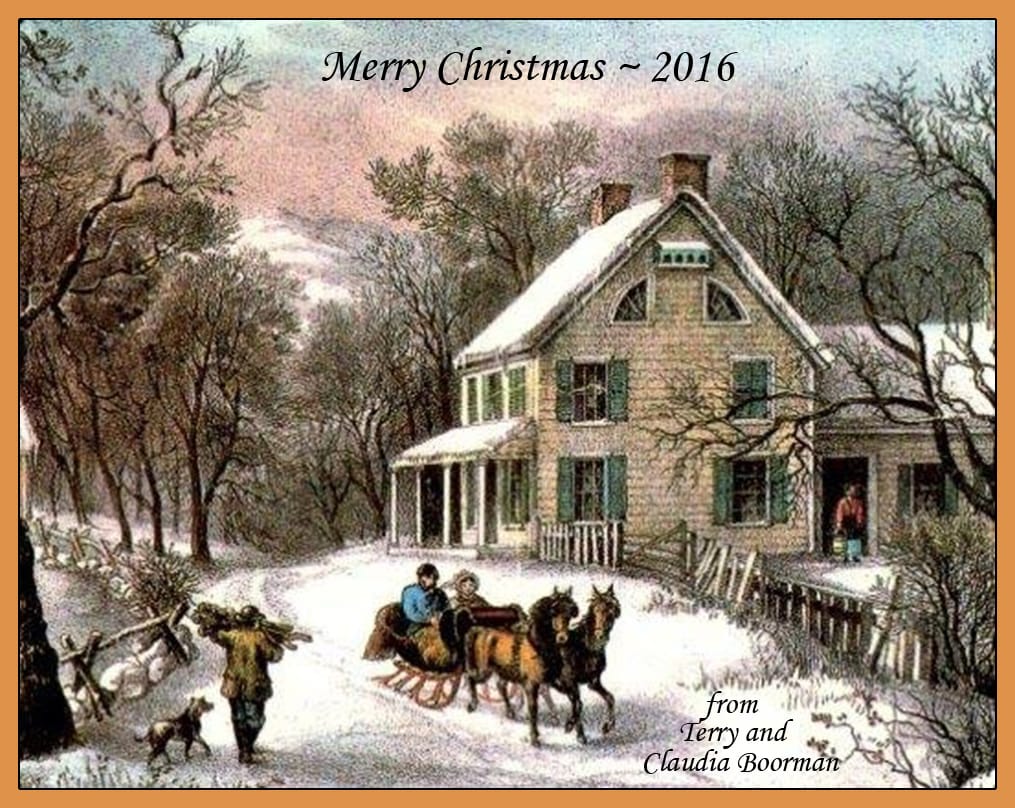
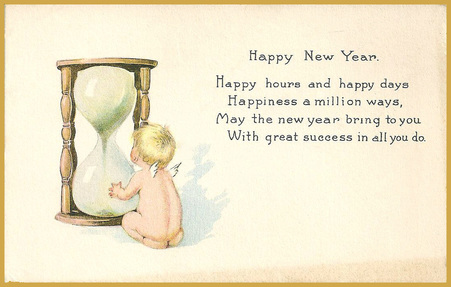

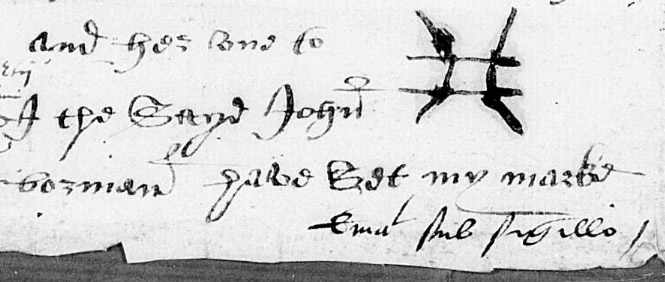
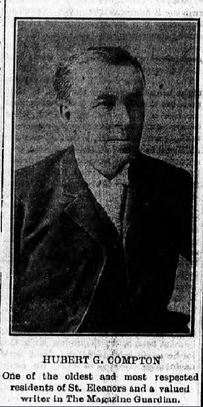
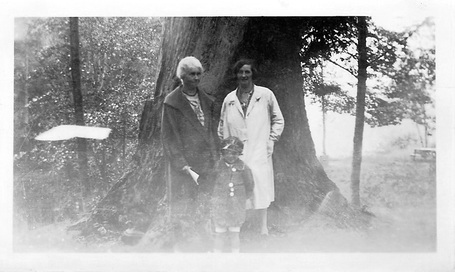
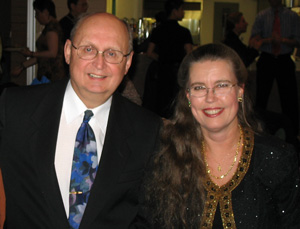
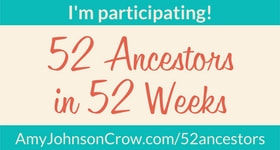
 RSS Feed
RSS Feed
